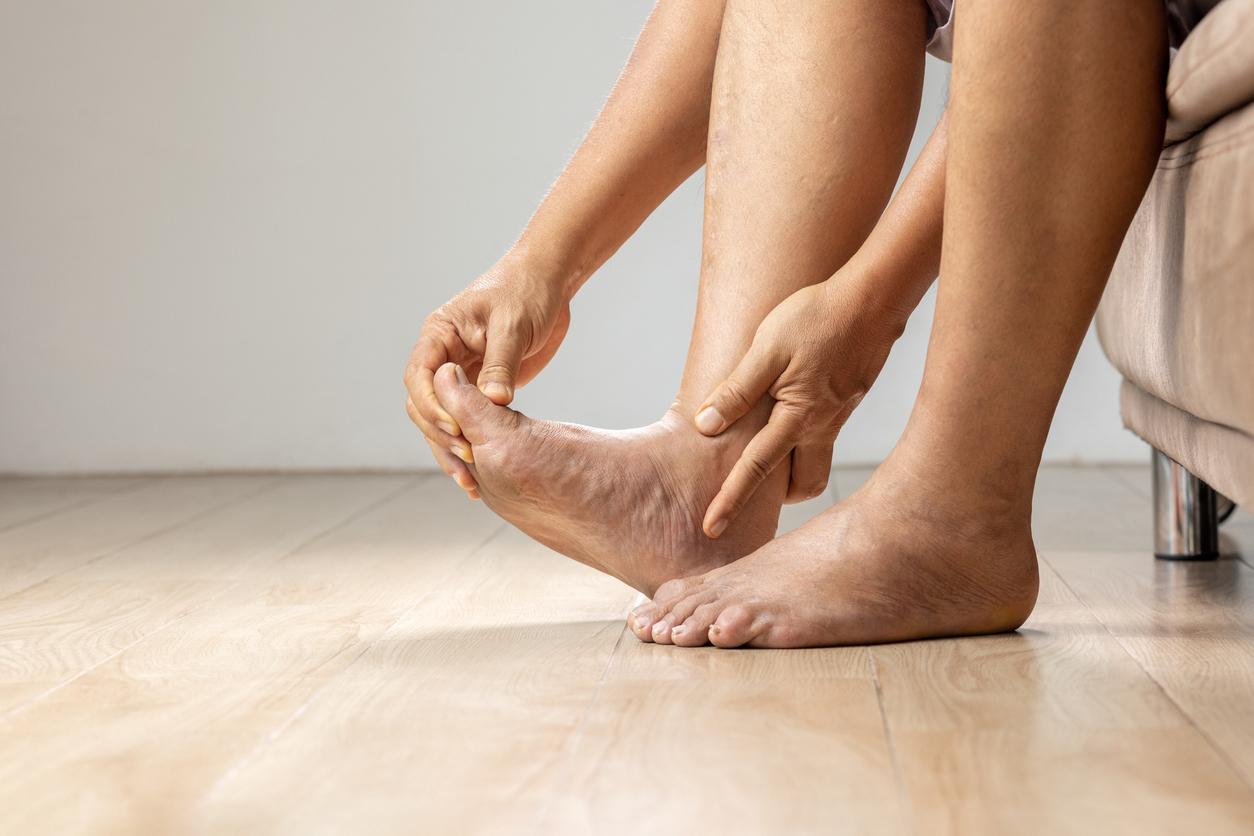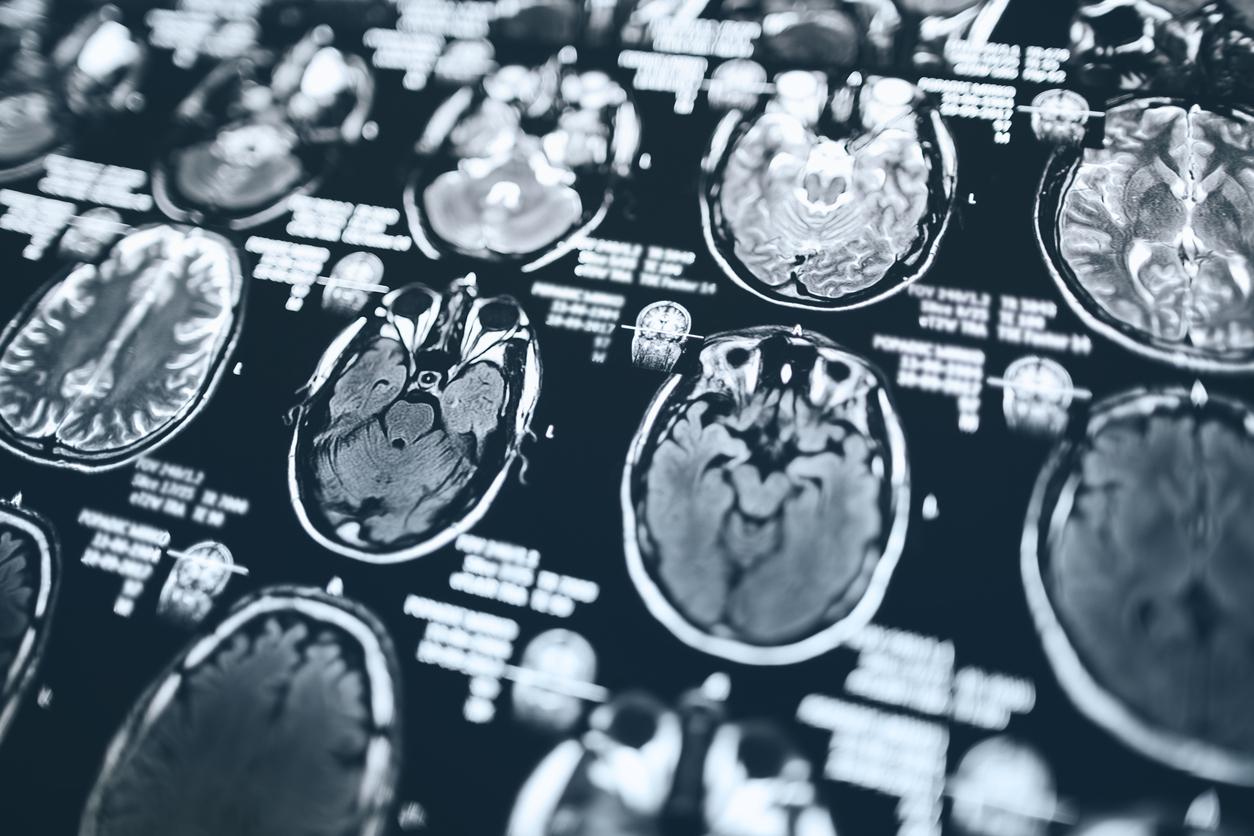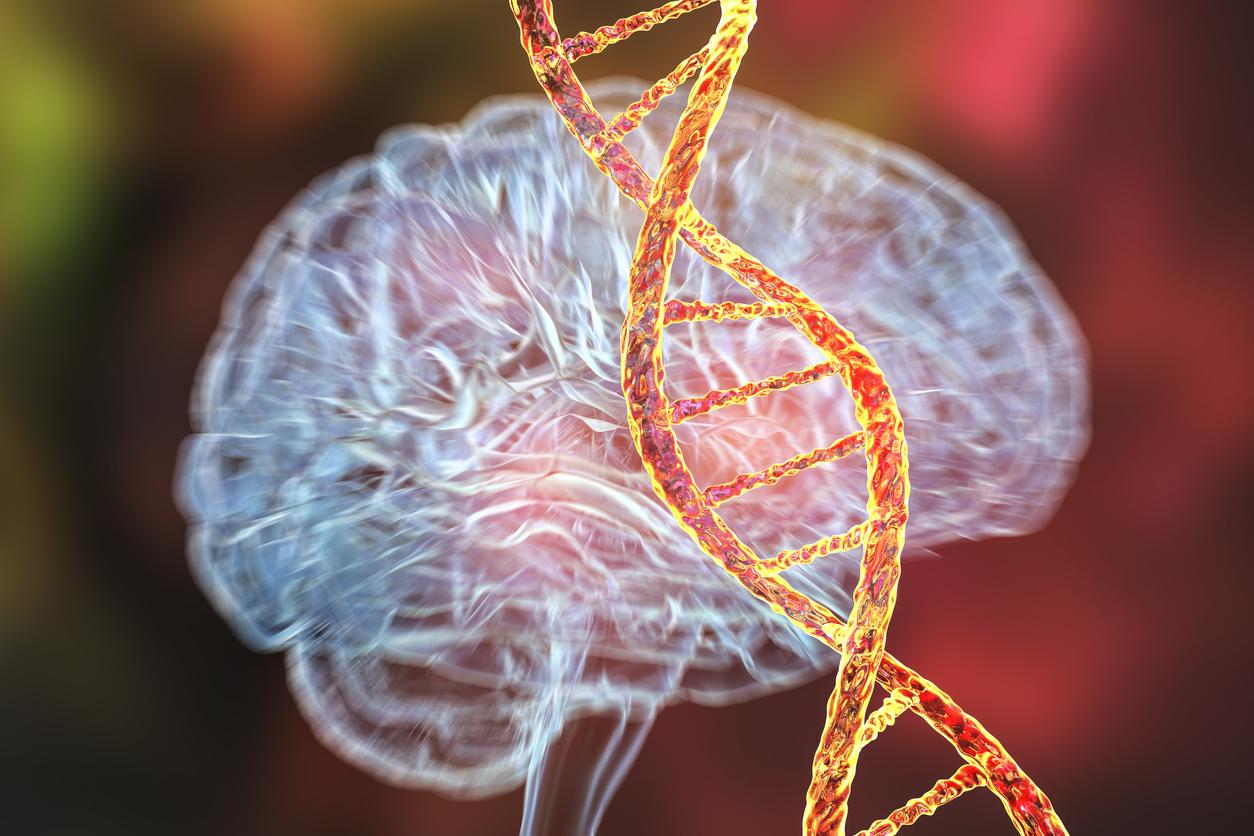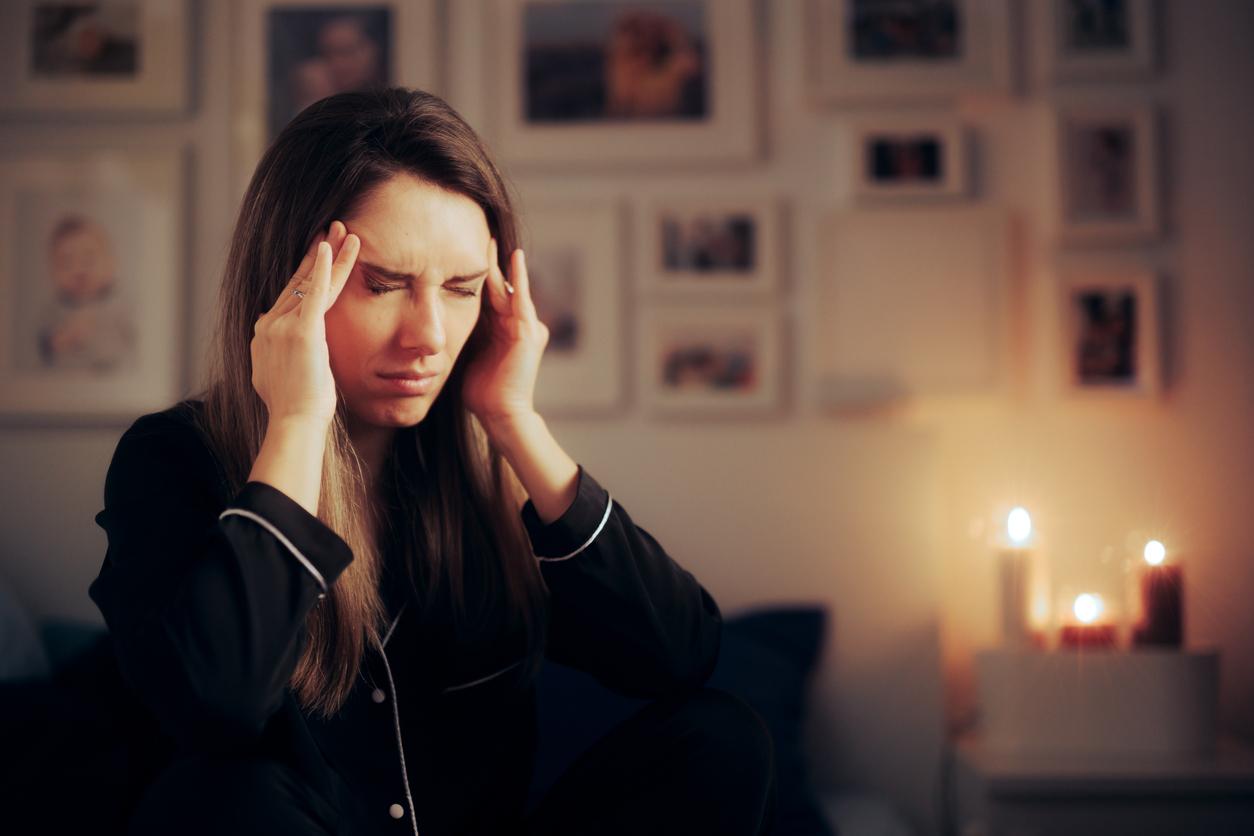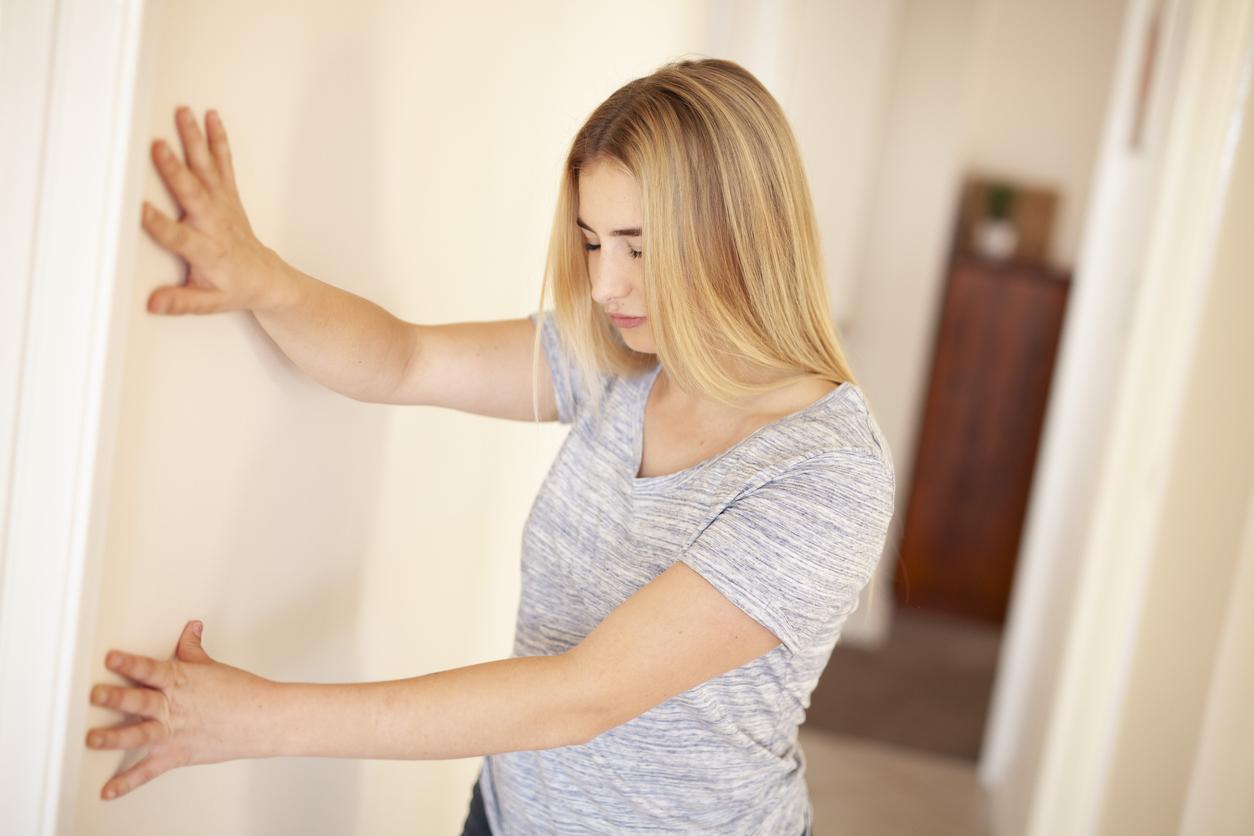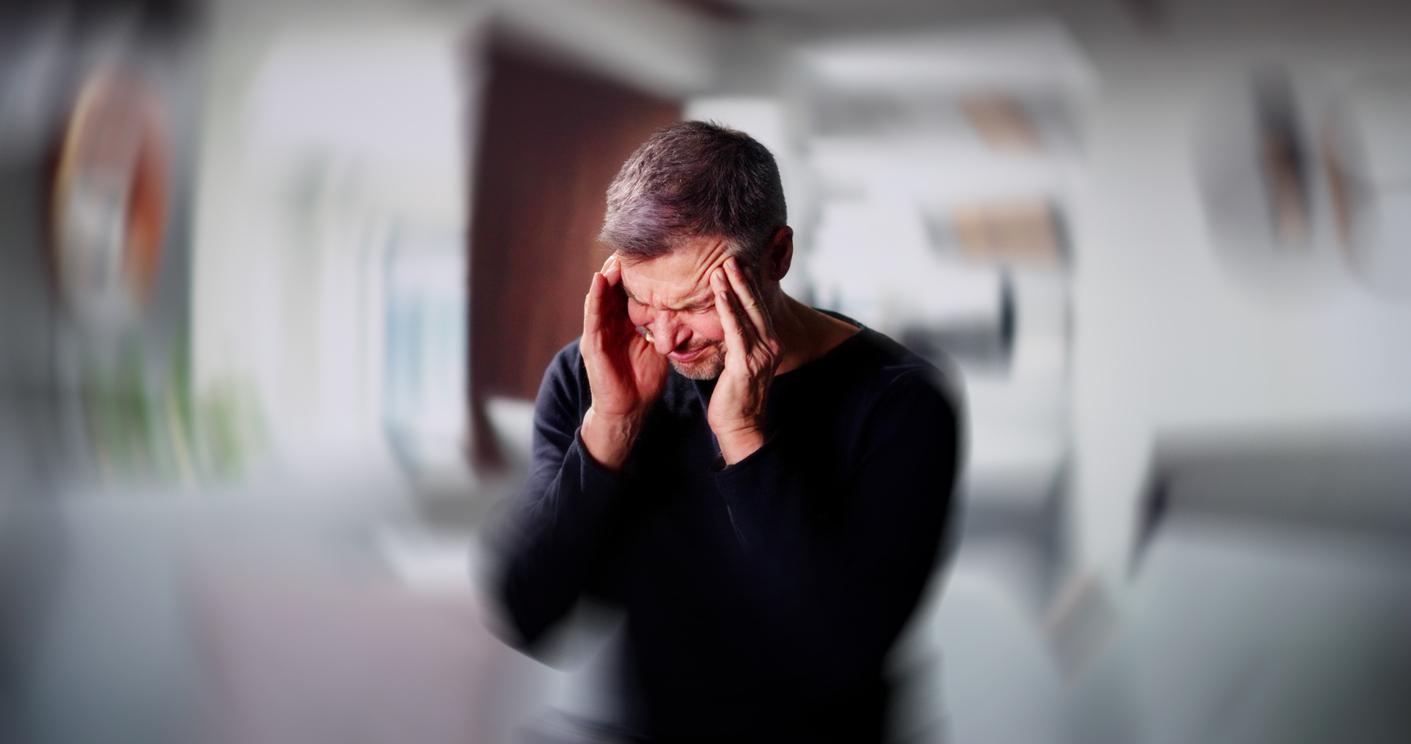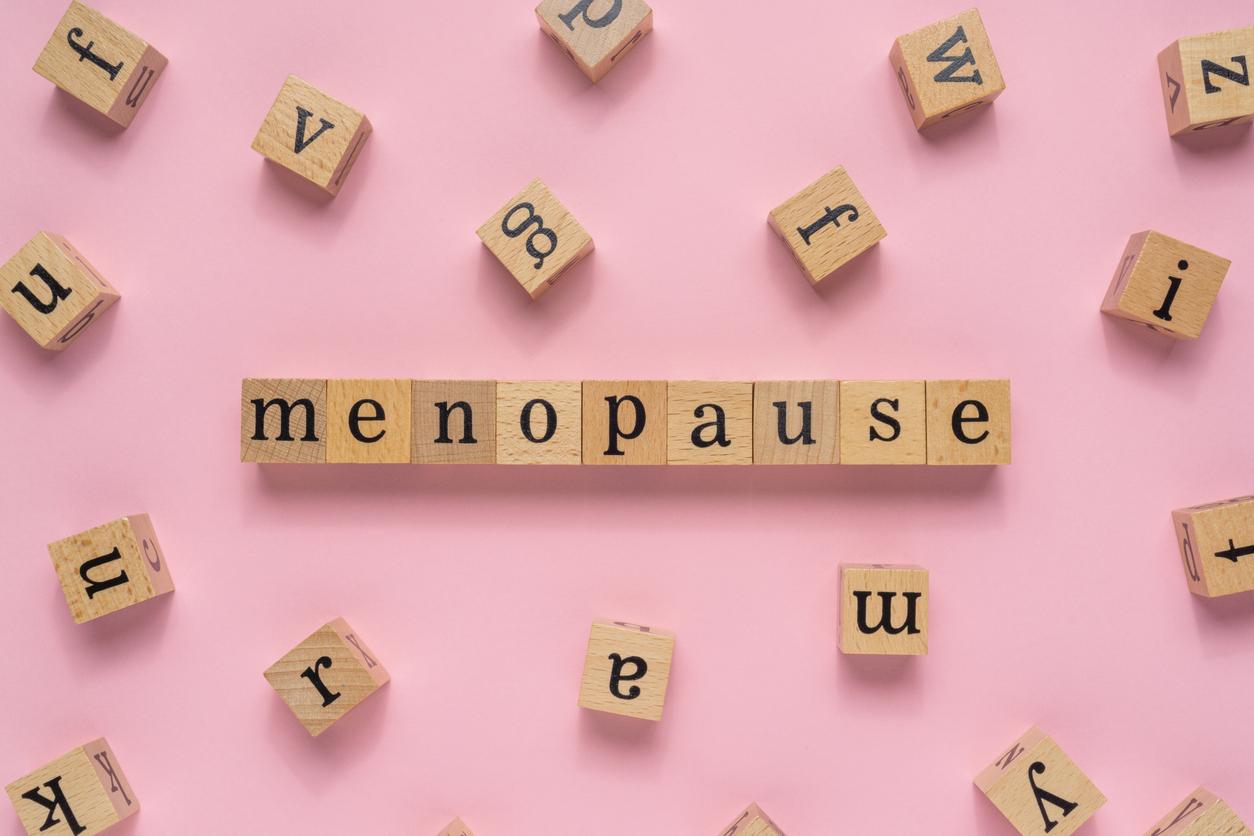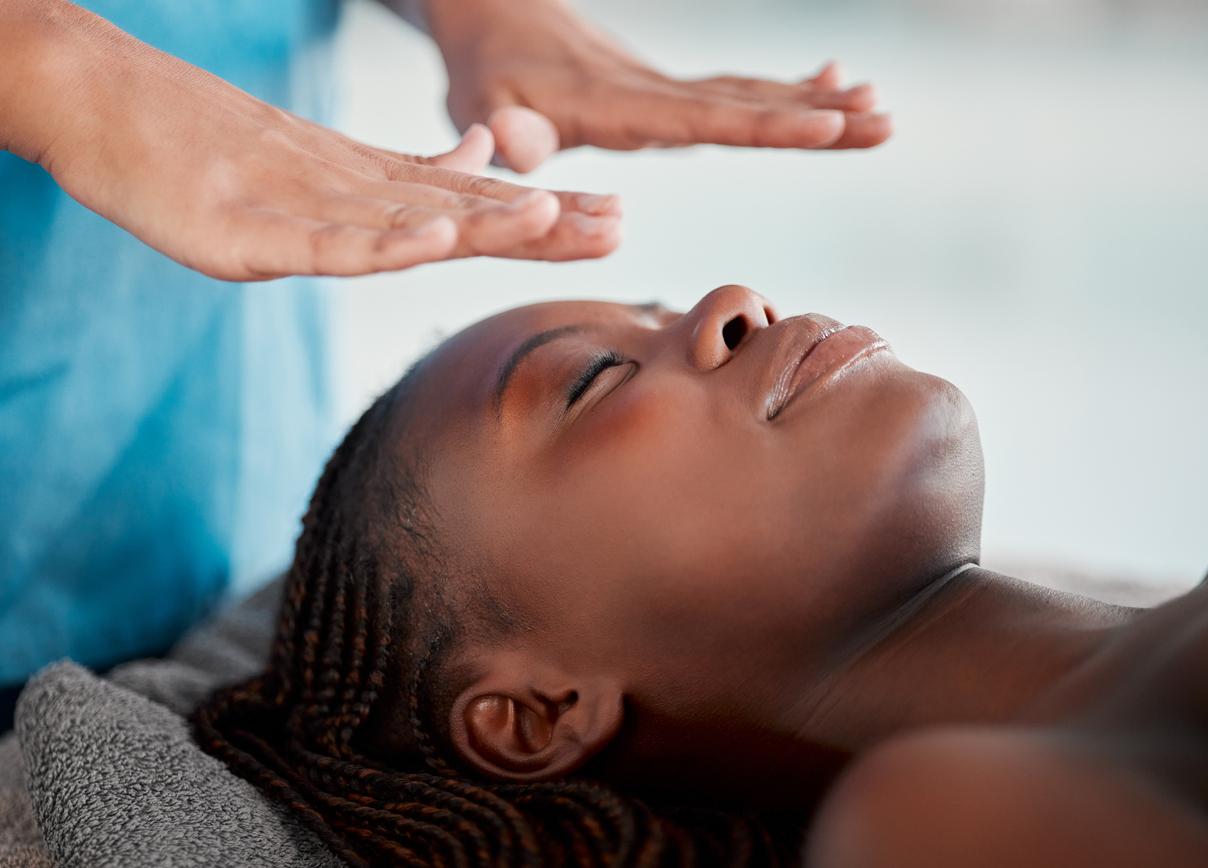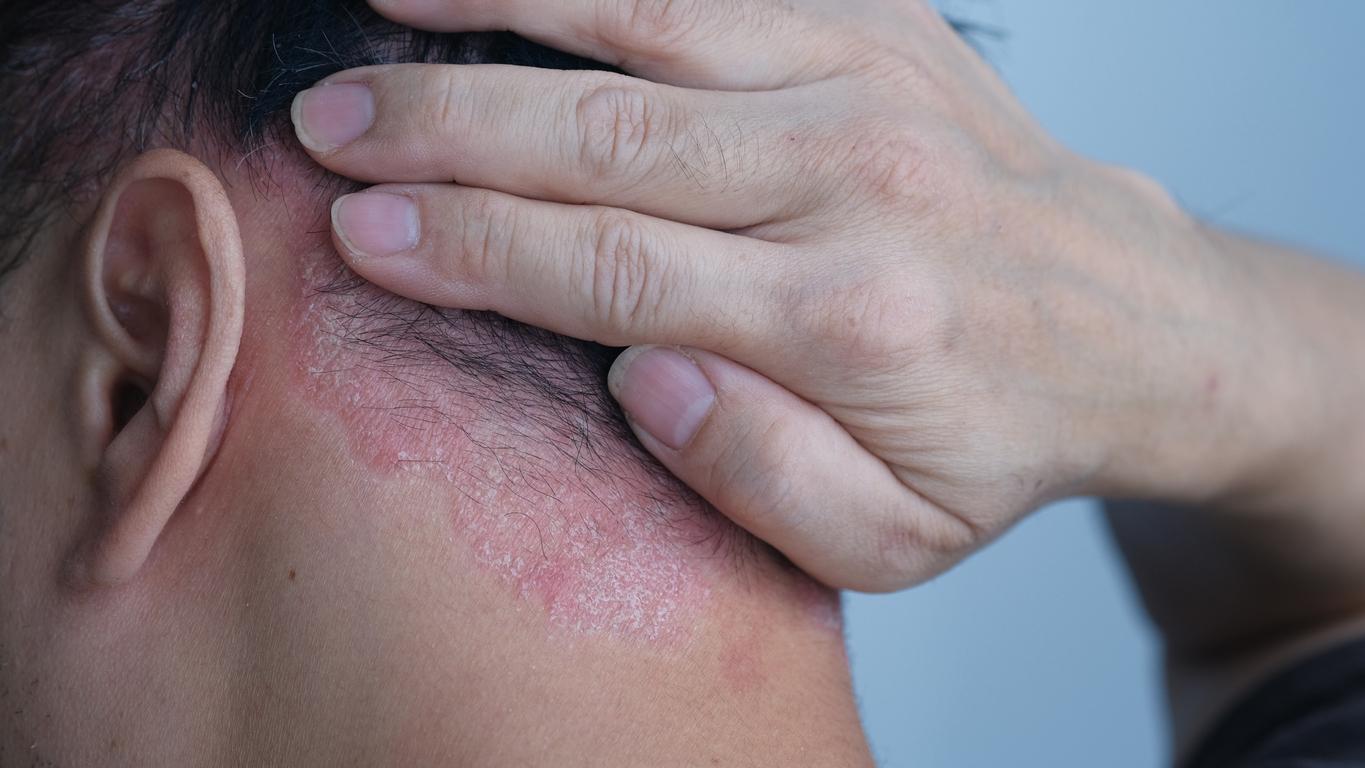What are the typical symptoms of a bipolar person? We’ll answer you.
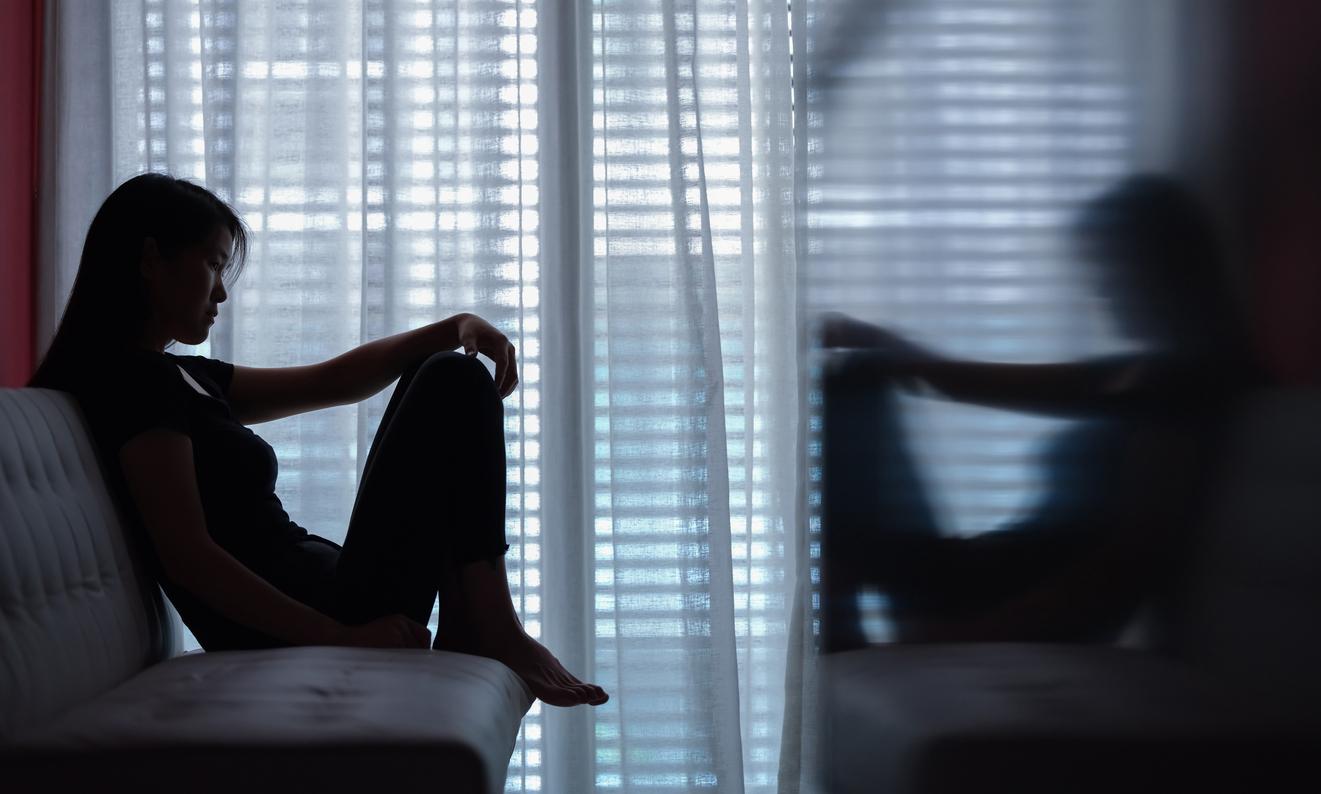
- Bipolar disorder is a psychiatric illness characterized by alternating manic and depressive phases.
- The manic episode is marked by a feeling of euphoria.
- Longer, the depressive phase is associated with sadness, lack of desire and energy.
It is one of the ten most disabling pathologies according to theWorld Health Organization. However, bipolar disorder is difficult to diagnose. L’Health Insurance estimates that it often takes ten years between the first symptoms and the start of treatment. “Bipolar disorder is a chronic mental illness responsible for mood disturbances., specifies the organization. In the Women’s Journalpsychologist Nathalie Seigneur affirms that “more and more people are affected by this disorder, also called manic-depressive psychosis.. The disease is marked by the alternation of manic and depressive phases, with specific symptoms.
Bipolar disorder: how to recognize the symptoms of manic attacks?
Concerning manic attacks, Health Insurance speaks of a phase of exaltation. “Patients are extremely active, even agitated and sometimes feel euphoric, she elaborates. This is reflected in their behavior: for example, they plan multiple projects, or make large expenses without checking their validity.”
Concretely, the people concerned will first have increased energy, a feeling of significant creativity, easy social exchanges. These signs are harbingers of the manic phase as such. The latter can be marked by several of the following symptoms, listed by Health Insurance: an increase in social, professional or sexual activities, which sometimes become very intense; an increase in pleasant acts, but the consequences of which can be harmful (ill-considered purchases, unprotected sexual relations, etc.); an exaggerated feeling of power, grandeur, or an increase in self-esteem, without a critical eye; difficulty maintaining attention (tendency to go “from the rooster to the donkey”); a greater ability to communicate, creating a need to speak constantly, sometimes producing rapid speech that no one can follow (“flight of ideas”); a reduction in the need for sleep and insomnia. This phase can last from one to eight weeks.
What are the symptoms of a depressive episode in a bipolar person?
It is followed by a depressive phase, often longer, because it can last up to six months if it is not treated. These depressive episodes are characterized by a feeling of sadness, emptiness and a loss of interest in daily activities. “In addition, the affected person has at least four of the following signs, adds health insurance : insomnia, or conversely, a need to sleep excessively; a loss of appetite or weight, or on the contrary, a tendency to gain weight; difficulty concentrating or making decisions; a feeling of living in slow motion, or on the contrary, of having difficulty “staying still”; a feeling of worthlessness, a lack of self-esteem.” Some people may have dark thoughts.

How to treat bipolar disorder?
To limit these symptoms, bipolar people must have appropriate care and monitoring. This often involves mood-regulating treatment, which helps alleviate the symptoms of the manic or depressive episode and reduce the risk of recurrence. Psychotherapy is sometimes combined with medication.




